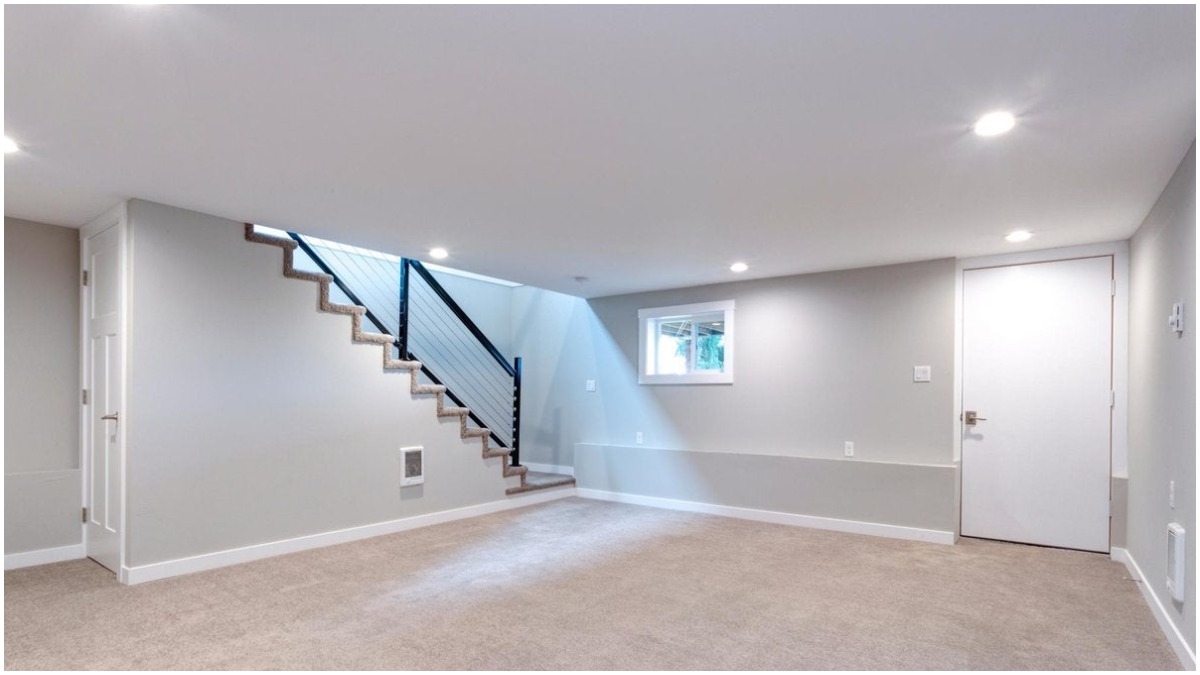Temperatures have plummeted to the level when all of us prefer to spend time in the warm and cozy comfort of our house. Change of seasons also impacts your relationship with your basement. The basement that used to provide a refreshing retreat during the summer season is cold and chilly during winters. It typically remains a few degrees lower than other parts of your house because it is naturally insulated by the earth that surrounds it. That is the reason you feel like you need to wear a coat when you enter your basement during winters.
Don’t let the cold scare you away from spending family gatherings in the basement. Every year several of our customers inquire about the best ways to keep the basement warm. Our experts have compiled the top tips to win the uphill battle against cold in winters.
Insulation for Preventing Cool Basements
The first and the most critical step of keeping your basement cozy and warm is to focus on the wall insulation. If the insulation is inefficient, your efforts to fight away the cold temperatures are nothing but a waste of time and energy. The purpose of insulation is to reduce the transfer of heat between walls. Thus, if the basement walls are insulated, you not only keep the chill at bay but save a lot on your HVAC bills.
There are two types of wall insulation. You can either install insulation batts or foam board. Insulation batts are pre-cut rolls of fiberglass that can be easily installed whereas foam board is similar to drywall. Foam board is more reliable for keeping the warmth trapped in the basement because it typically carries a higher R-value per inch of thickness than insulation batts.
Seal Any Gaps or Leaks in The Walls, Floors, And Foundation
Following this step is crucial for avoiding cool basements. Any gaps or seals in the walls, floors, and foundation can be the potential leakage points for warm air. Cold air can seep through the basement and you will feel the chill. A simple way to tell if your basement has any gaps or cracks is to notice the light peeking through the edges of the windows or doors. You need to cover these heat escape routes with caulking, expanding foam, or weather stripping.
If the frames are too damaged to be repaired, it's best to replace them. If you see the gaps to be increasing in size over time, consult a professional to verify if there are any issues with the foundation.
Install Energy Efficient Door and Window Varieties
Replace the existing basement windows with energy-efficient varieties to make a noticeable difference in comfort and for avoiding cool basements. This can cost you a good deal of money but it is worth the effort. To maximize energy efficiency, cover the windows with thermal window curtains.
Install Carpet Flooring or Area Rugs to Keep the Floors Warm
The type of flooring in the basement plays a vital role in how well the floor will retain the heat. In most cases, basements have concrete floors. The concrete is porous and absorbs moisture, it feels damp and cold as you walk over it. Install wall-to-wall carpet flooring to absorb the heat and offer warmth to your feet. If your basement experiences frequent flooding or water issues, carpet flooring is not the best option. Throw an area rug or two over the areas frequently used to keep the floor warm.
Invest In a Basement Specific Heating System
For avoiding cool basements other than making your basement more energy-efficient, you can invest in installing additional heating equipment. Some of the basement-specific heating systems include everything from a wood pellet stove to an electric baseboard heater. All of these options are good for heating but each of them has its pros and cons. Before you invest in any of these appliances, it is best to consult us to see if the solution you are considering is safe for you and your family. Our experts can help you make the right decision for your home design and requirements.
Consider Installing a Heated Floor
Falling on the expensive side of your heating options, installing a heated floor is still one of the most reliable options for homeowners. Basement floor heating is a system that uses circulating hot water beneath the flooring or electric wiring to fight off the cold. The warmth from this heating equipment makes a concrete floor pleasant to walk on. Installing a radiant heat system in a basement at its constriction phase is a piece of cake but retrofitting it in an existing cement floor is almost impossible.
Get An Air Space Heater
If you need the additional heat for a few days or weeks every year, consider using an air space heater. It’s a fantastic way to keep you warm without busting your budget. We understand that keeping the basement warm is a challenge. Get in touch with us for more energy-efficient solutions!

